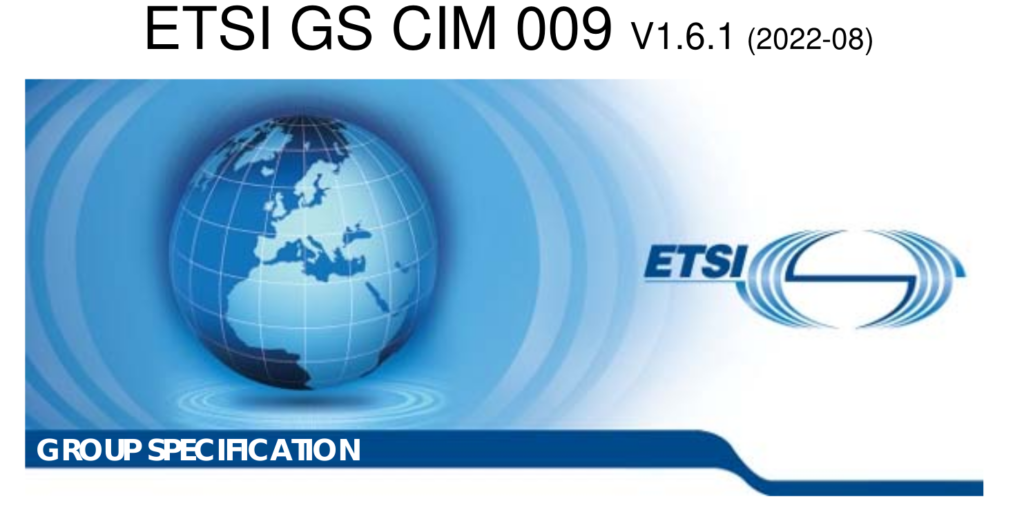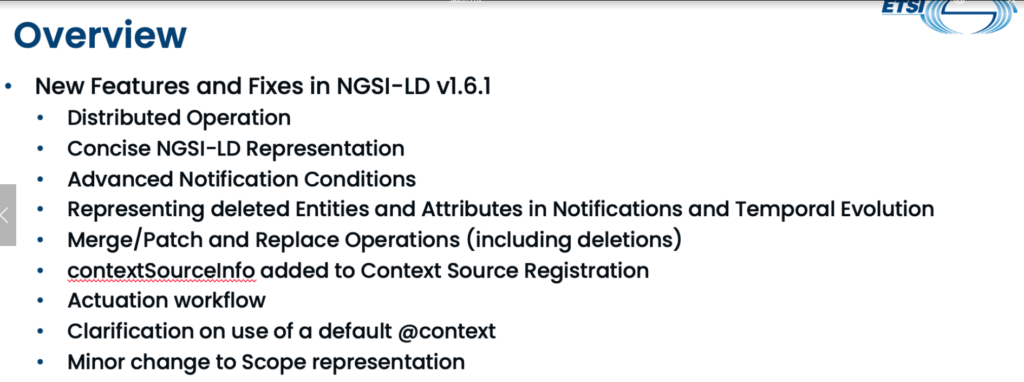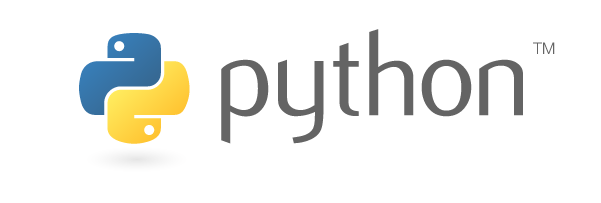Thanks to the IN2 company we have two new data models to assess consumption (of energy but also valid for other resources)
Reach them at the new subject Consumption
-
ConsumptionCost. Information on energy consumed and its cost by consumption point
-
ConsumptionPoint. Information on a given consumption point











